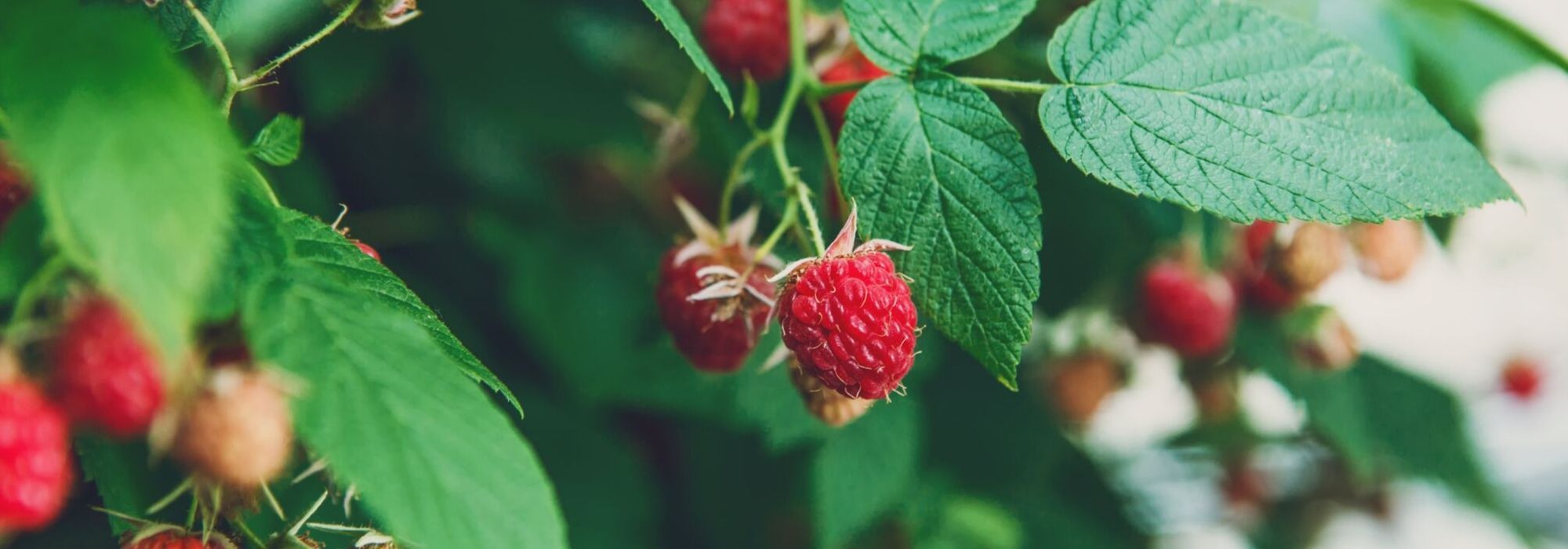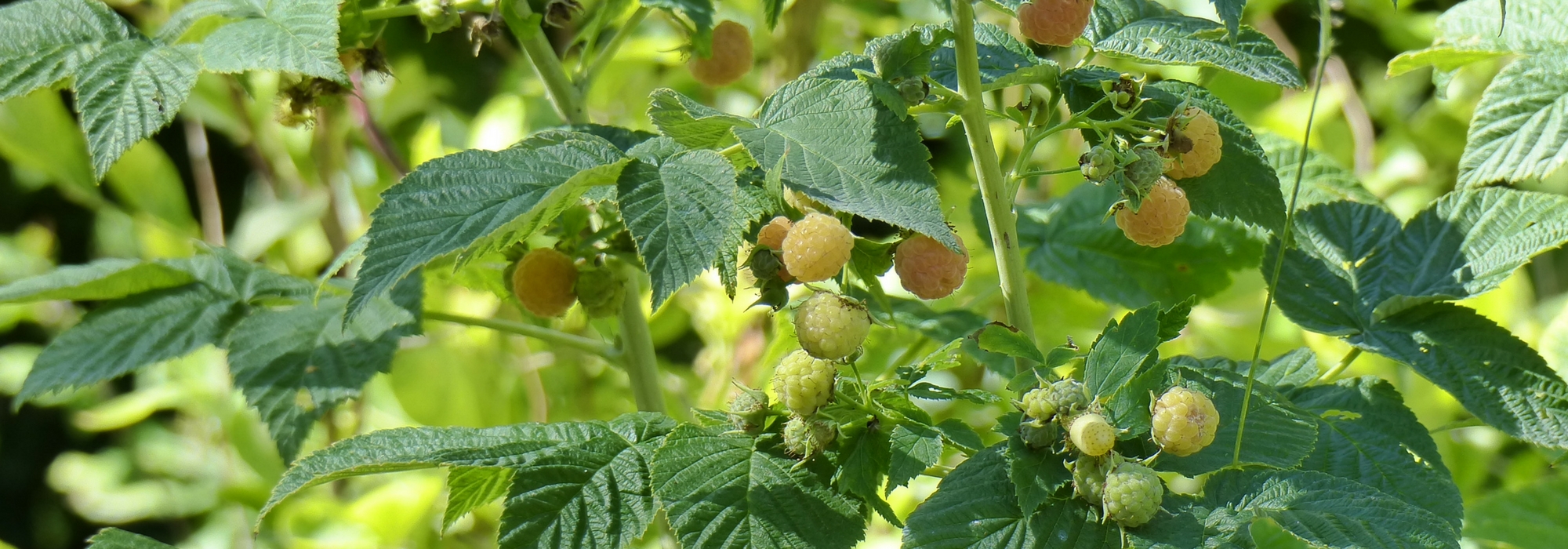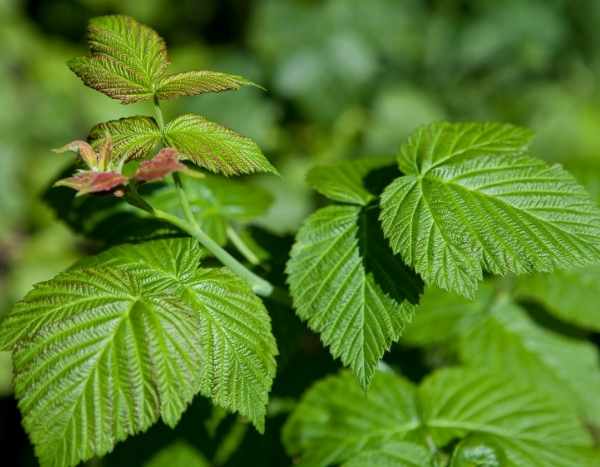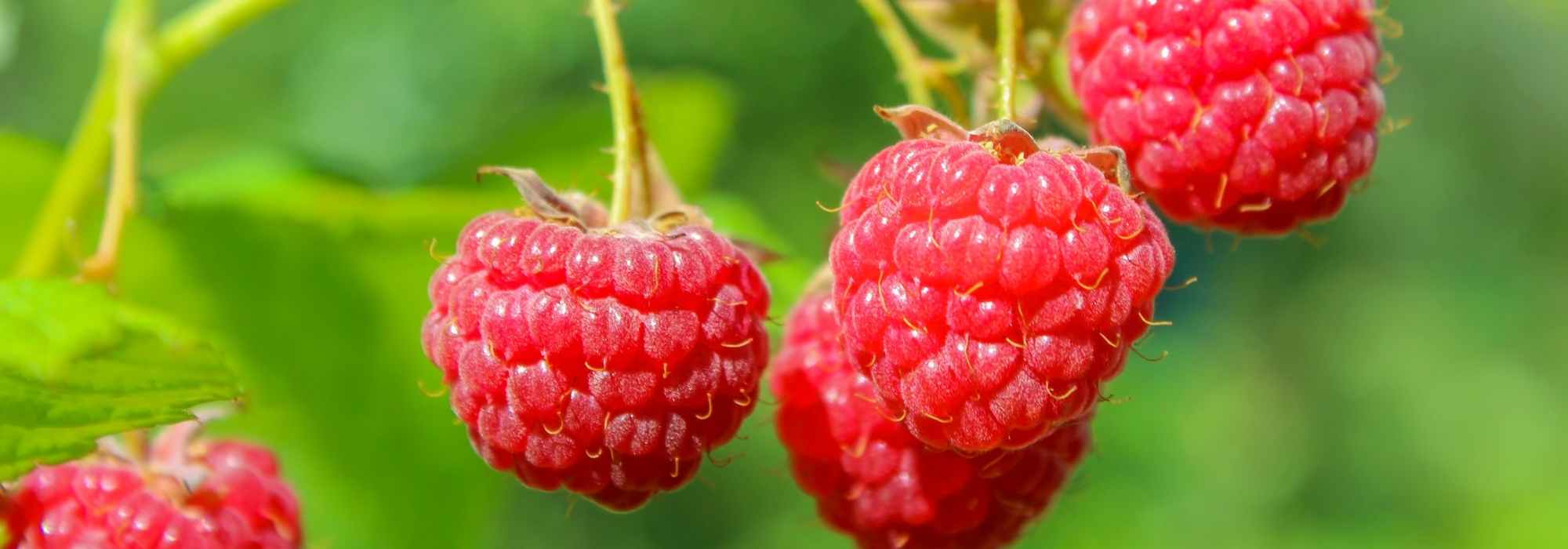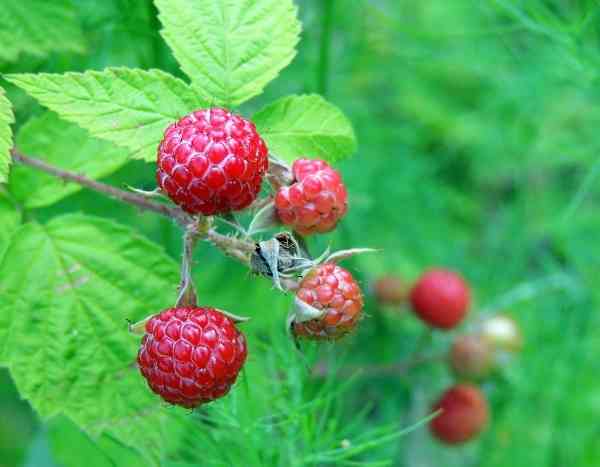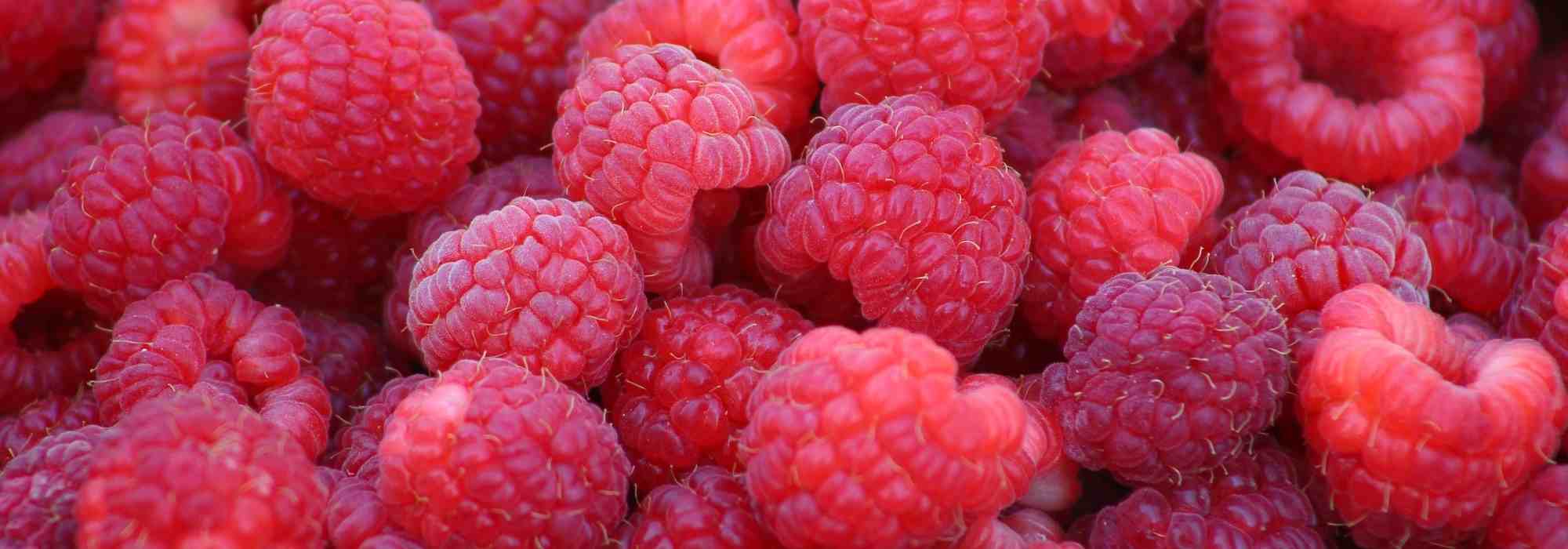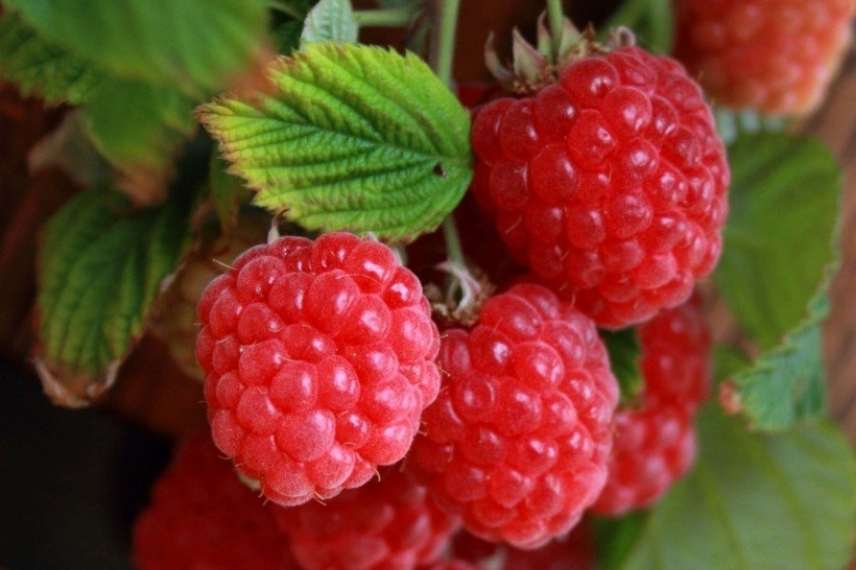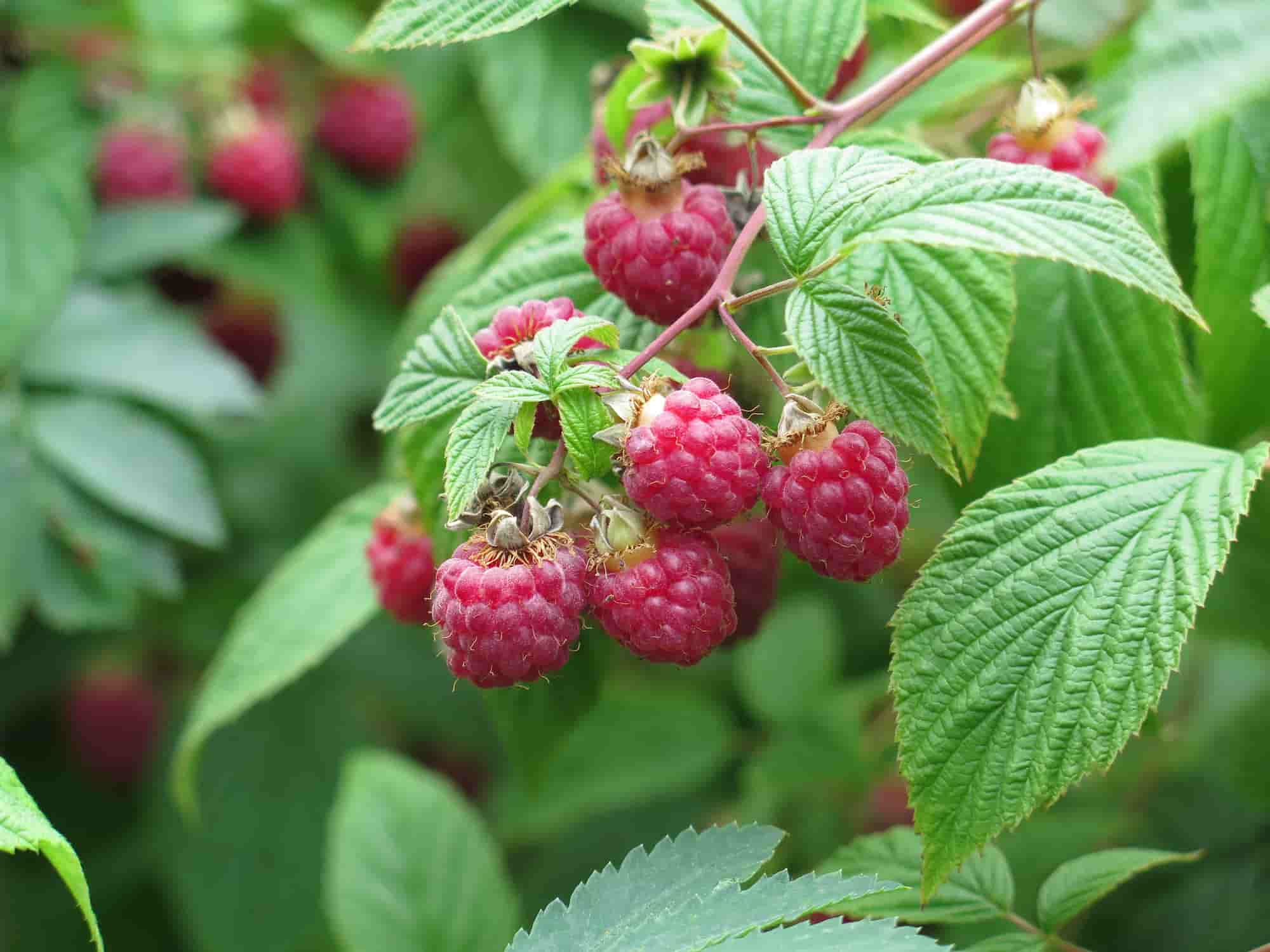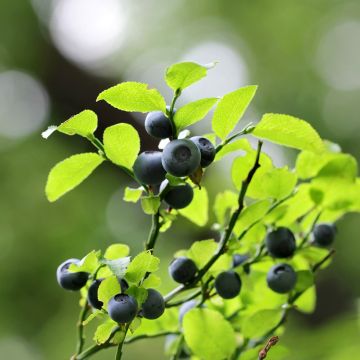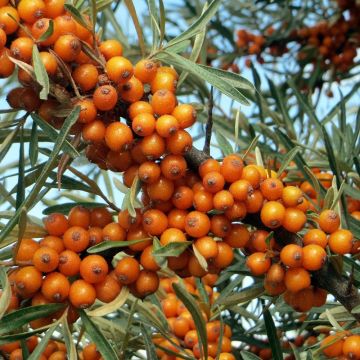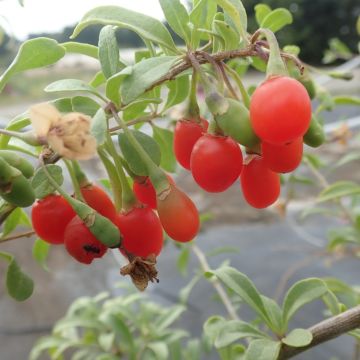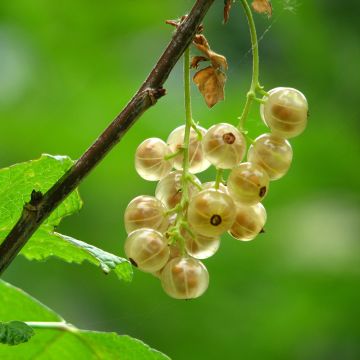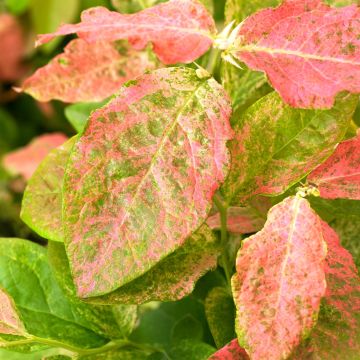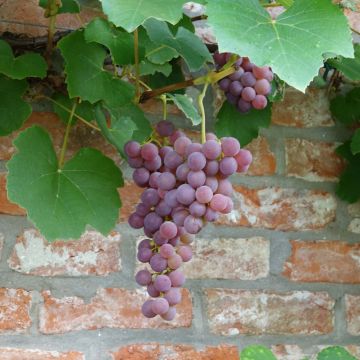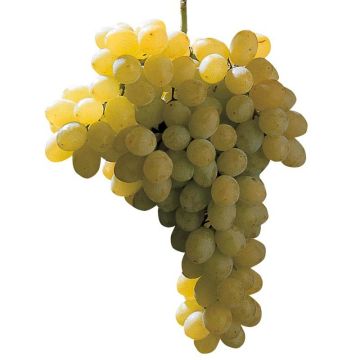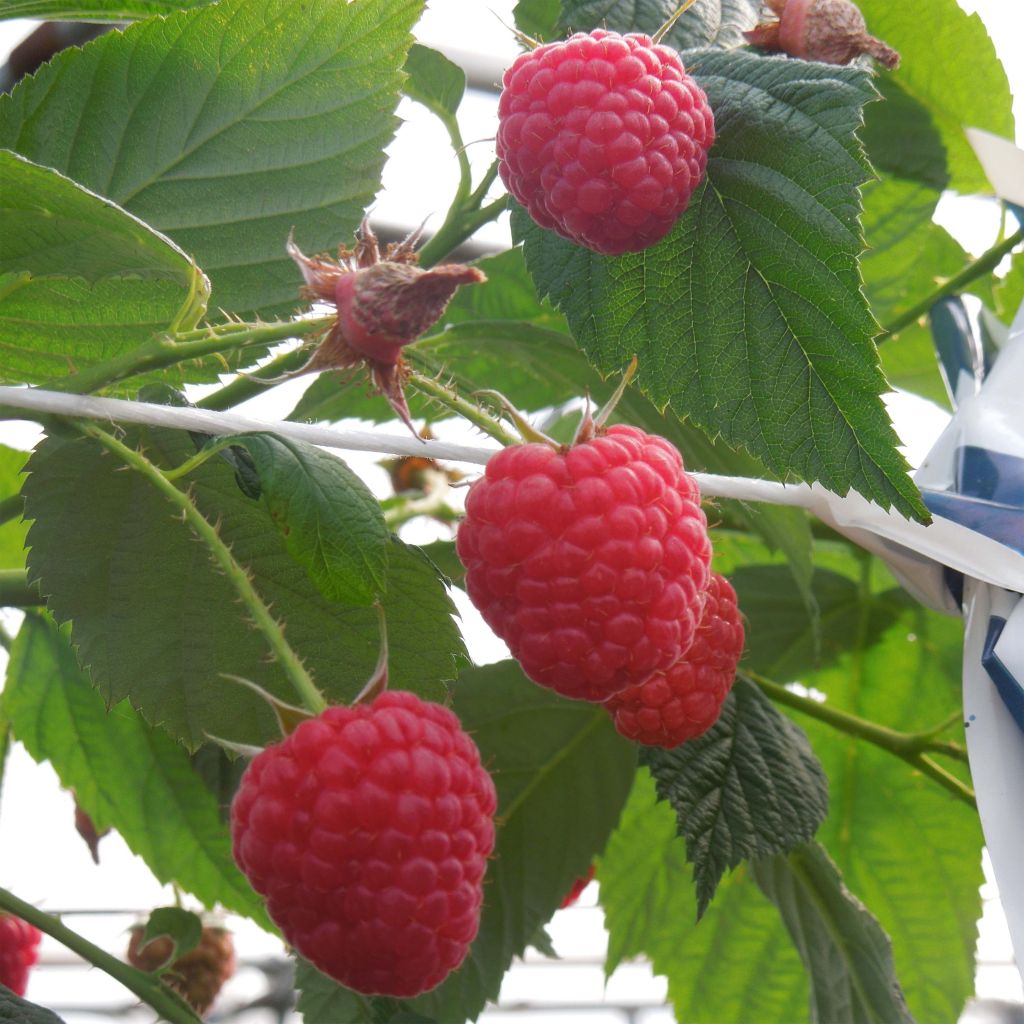

Rubus idaeus Paris - Raspberry
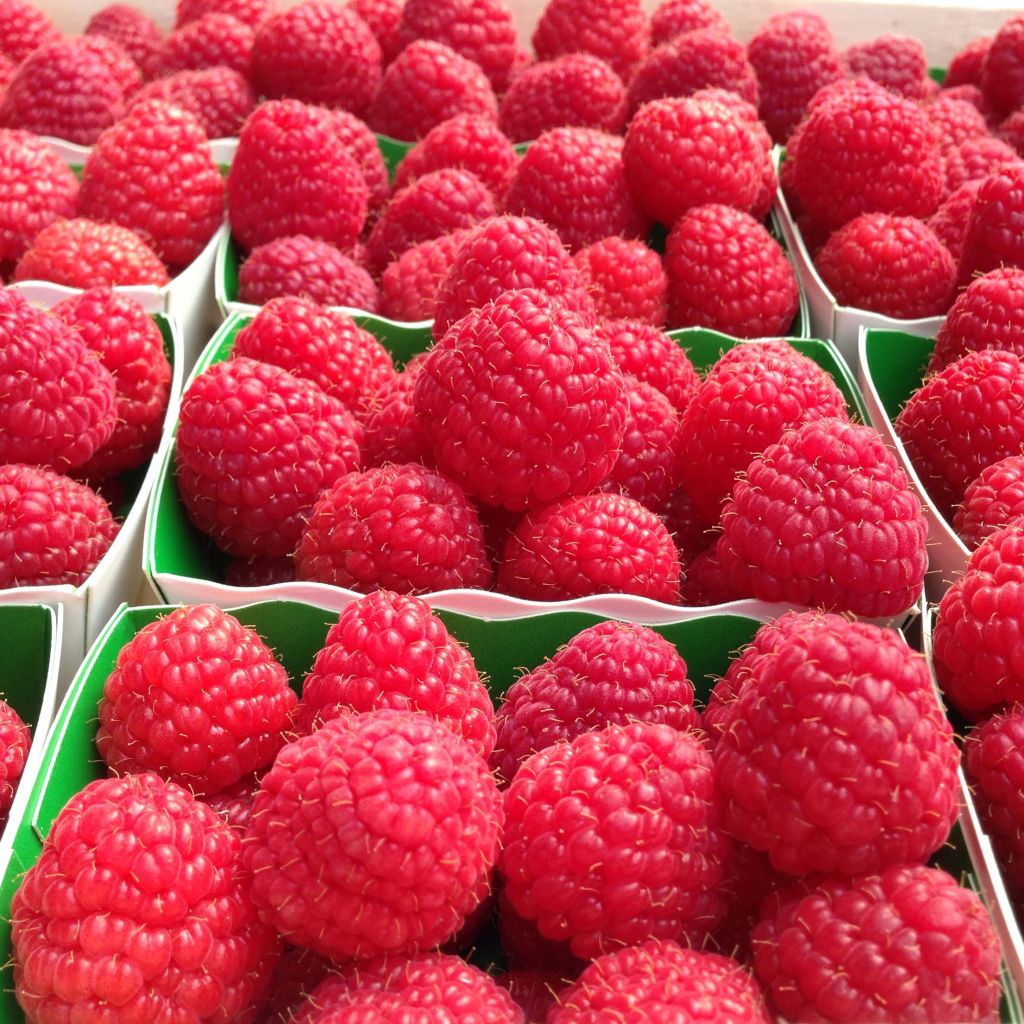

Rubus idaeus Paris - Raspberry
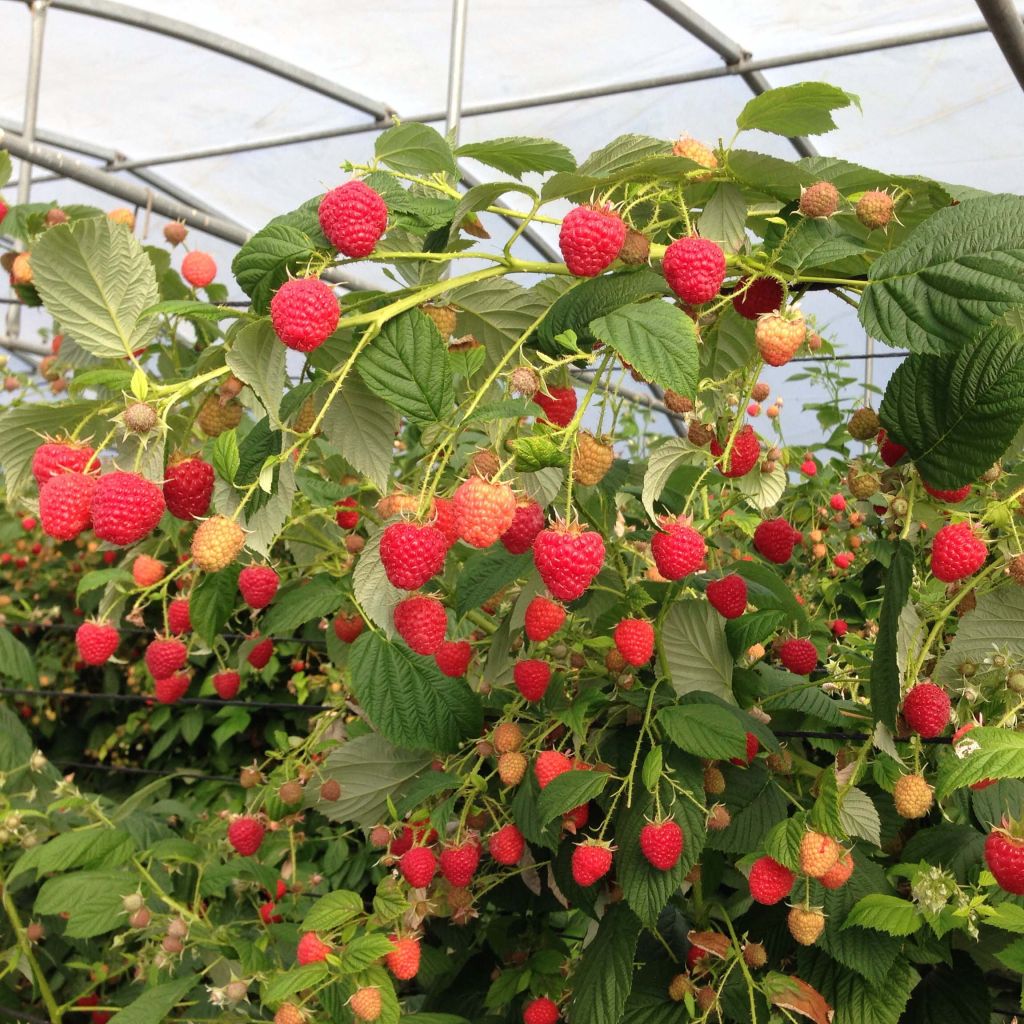

Rubus idaeus Paris - Raspberry
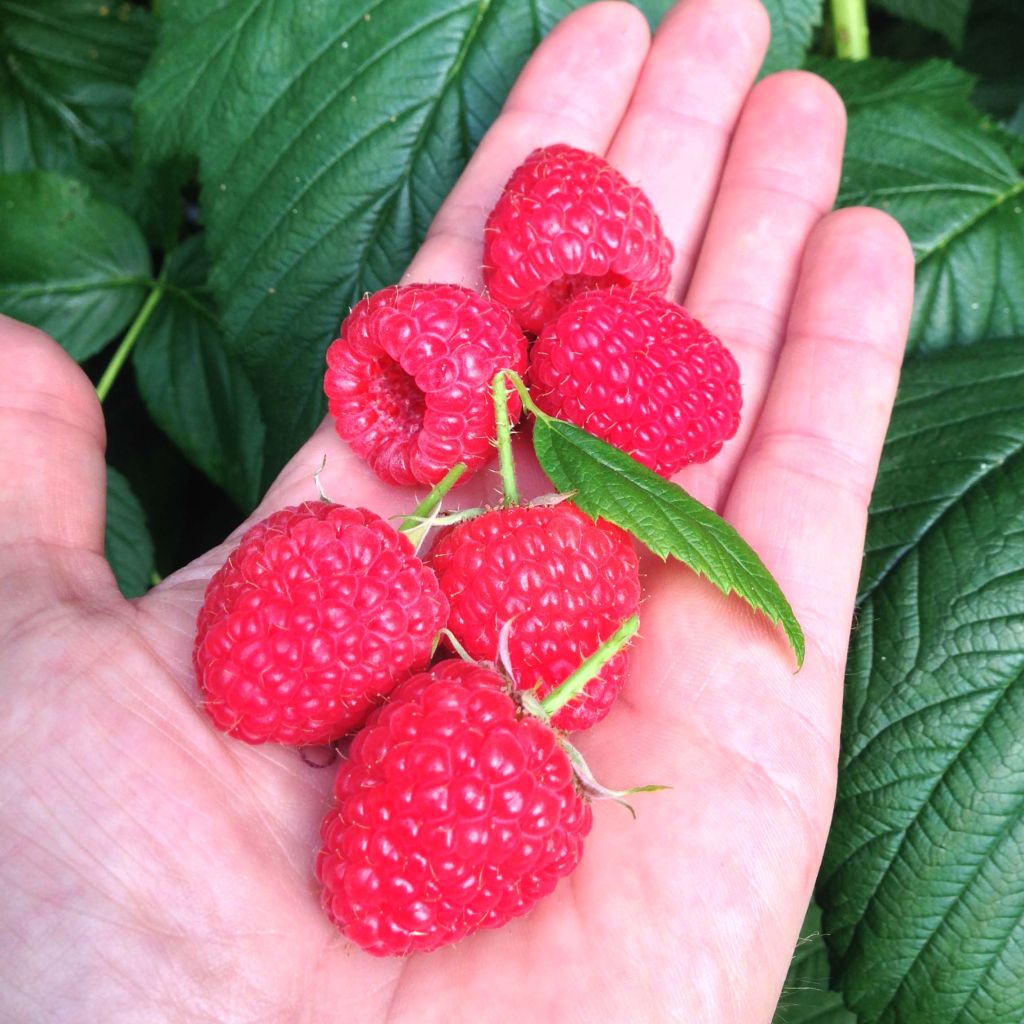

Rubus idaeus Paris - Raspberry
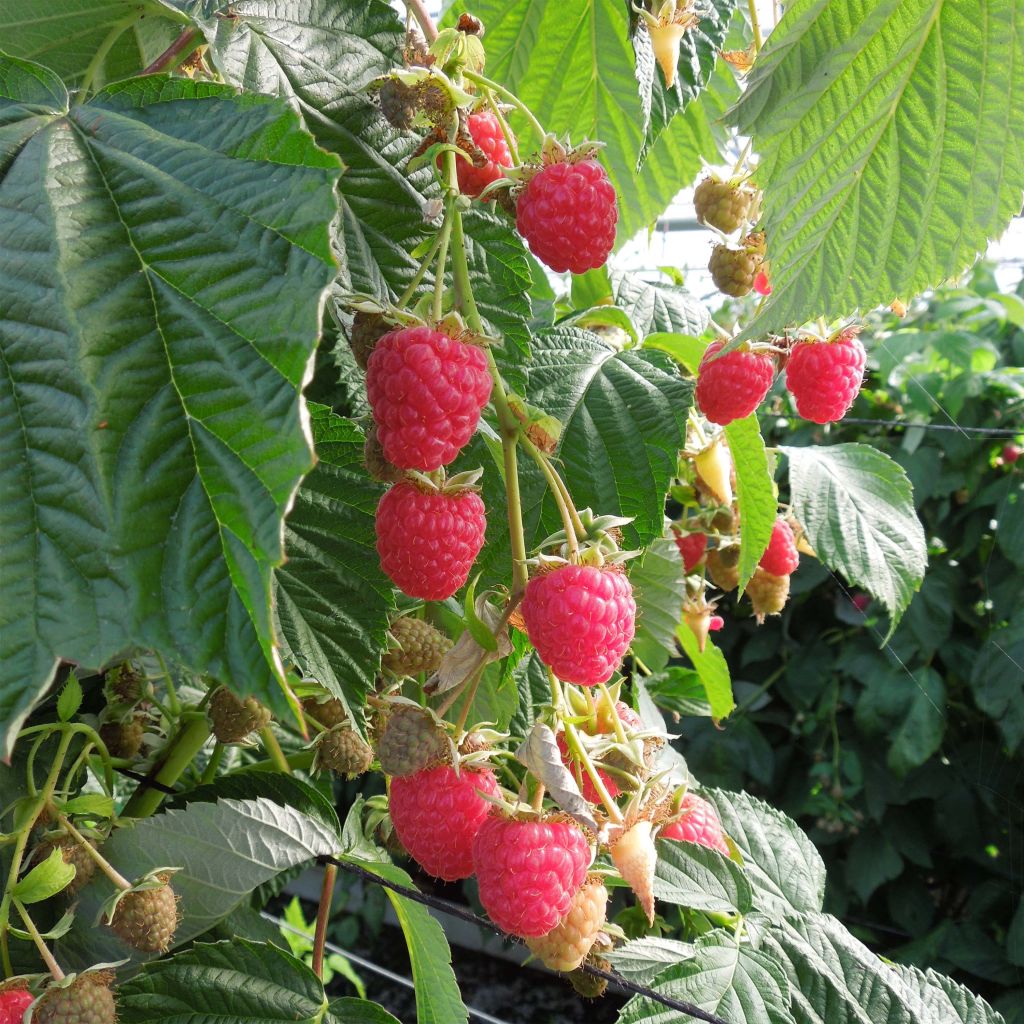

Rubus idaeus Paris - Raspberry
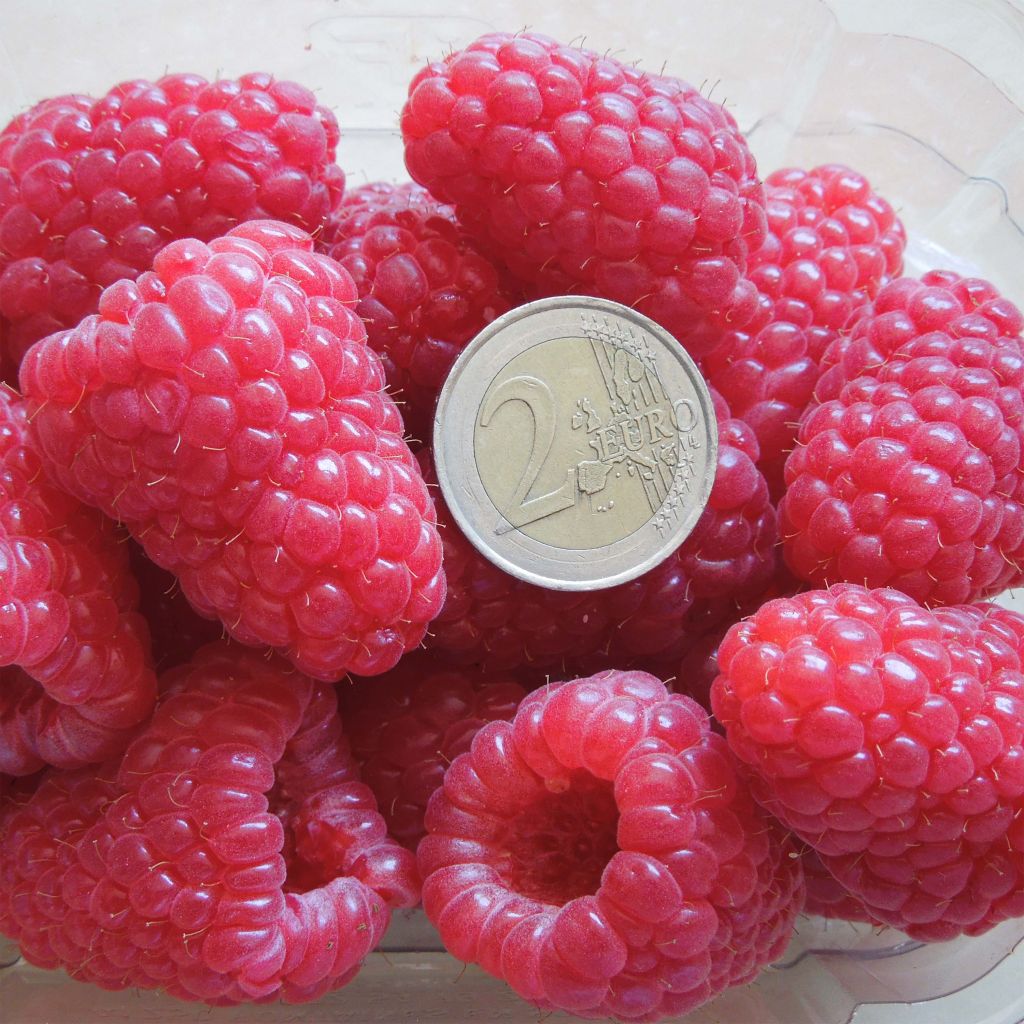

Rubus idaeus Paris - Raspberry
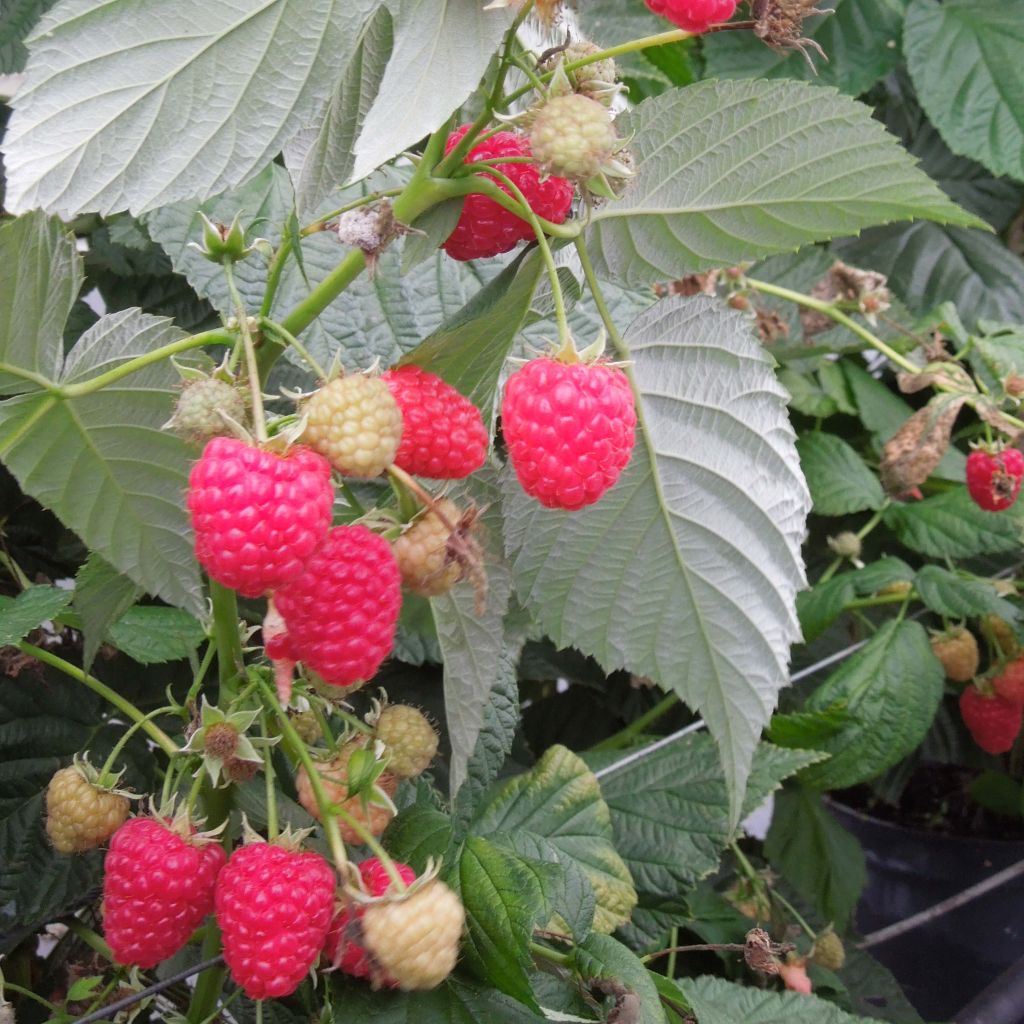

Rubus idaeus Paris - Raspberry


Rubus idaeus Paris - Raspberry


Rubus idaeus Paris - Raspberry
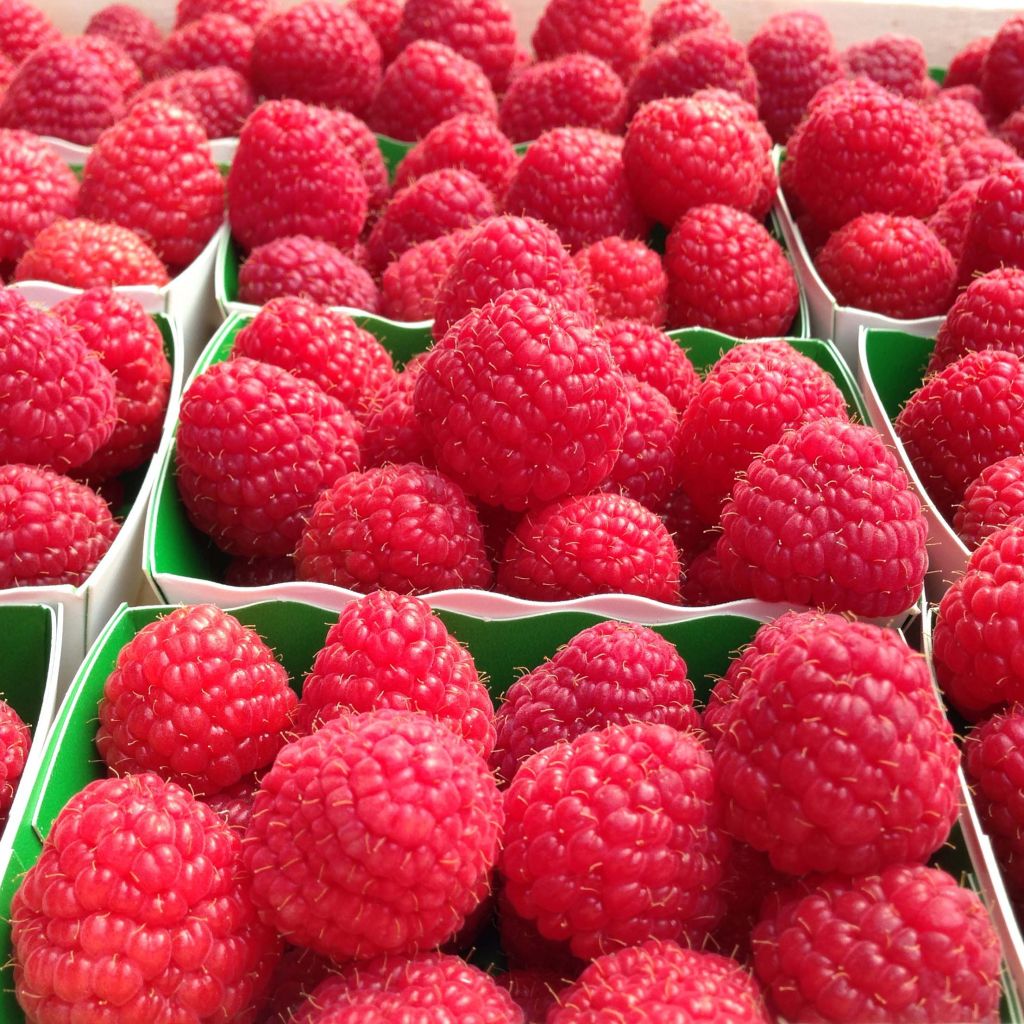

Rubus idaeus Paris - Raspberry
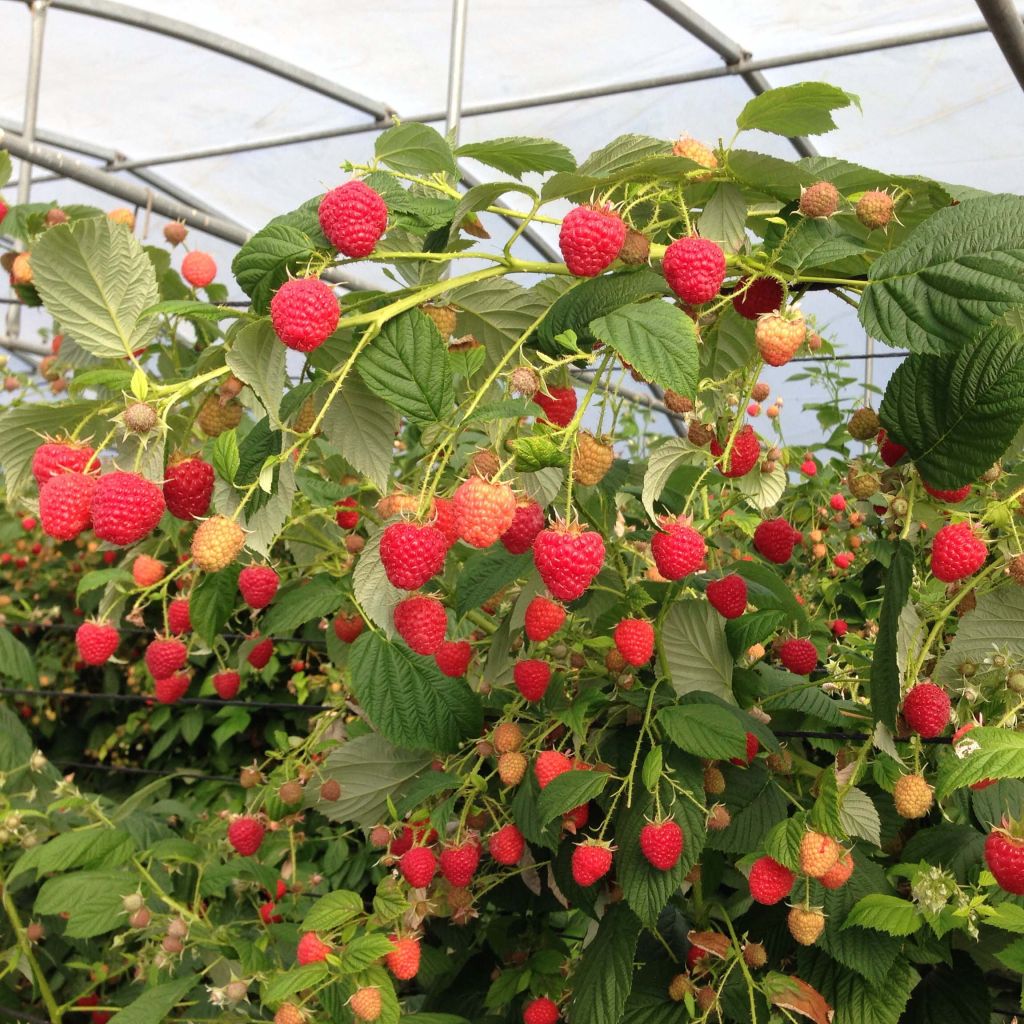

Rubus idaeus Paris - Raspberry
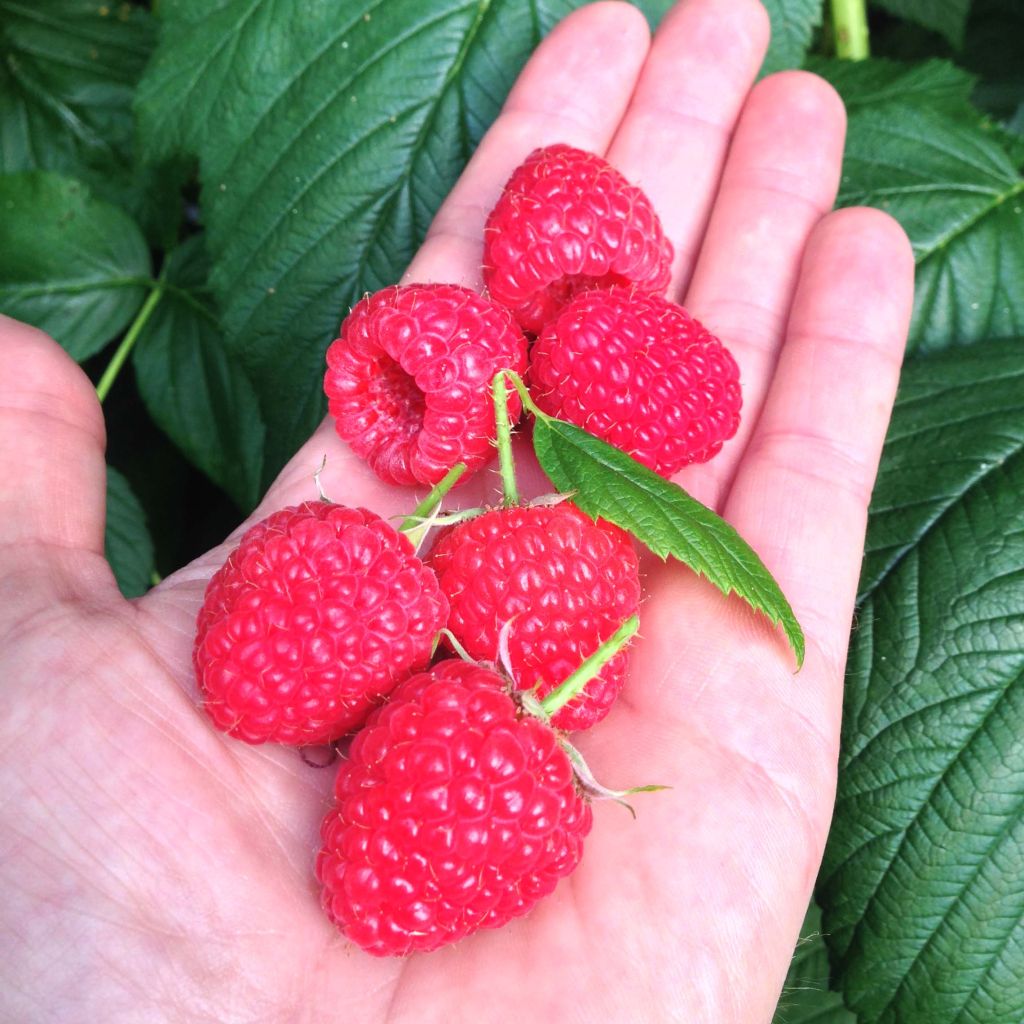

Rubus idaeus Paris - Raspberry
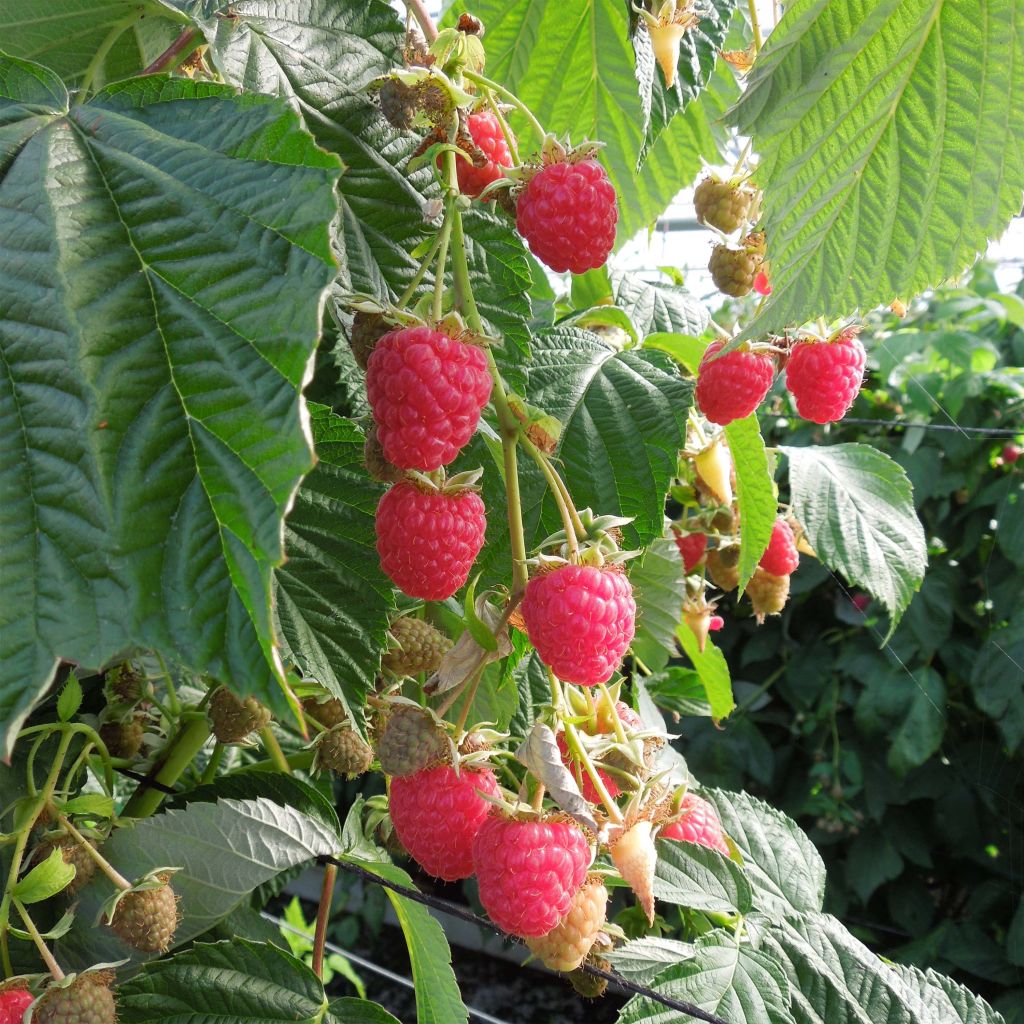

Rubus idaeus Paris - Raspberry
Rubus idaeus Paris - Raspberry
Rubus idaeus Paris
Raspberry
They haven't grown, luckily reimbursed by the promise of flowers. Don't I get 5 stars automatically?
Didier M., 14/05/2023
Special offer!
Receive a €20 voucher for any order over €90 (excluding delivery costs, credit notes, and plastic-free options)!
1- Add your favorite plants to your cart.
2- Once you have reached €90, confirm your order (you can even choose the delivery date!).
3- As soon as your order is shipped, you will receive an email containing your voucher code, valid for 3 months (90 days).
Your voucher is unique and can only be used once, for any order with a minimum value of €20, excluding delivery costs.
Can be combined with other current offers, non-divisible and non-refundable.
Home or relay delivery (depending on size and destination)
Schedule delivery date,
and select date in basket
This plant carries a 6 months recovery warranty
More information
We guarantee the quality of our plants for a full growing cycle, and will replace at our expense any plant that fails to recover under normal climatic and planting conditions.
Description
The Paris Raspberry is a perpetual variety that produces large, conical, excellent tasting red fruits. It forms a beautiful, upright, sucker-producing plant and bears fruit over a long period, from mid-June to mid-October.
The Paris Raspberry belongs to the Rosaceae family. It is a cousin of blackberries and wild roses. The wild raspberry is native to Europe and temperate Asia, where it grows in cool climates alongside elderberry, beech, or mountain ash, especially in wooded mountainous areas, but also in lowlands. It is a deciduous bush with upright stems, forming a bush of about 1.50m (4.9ft) in all directions over time. The stems are biennial, each one dying after fruiting. It spreads from a perennial sucker-producing stump, which produces new shoots armed with small prickles every year. It has leaves which are green on the upper side, white-green and downy on the underside. The flowering is very nectar-rich. The white flowers are small (1 to 2cm (0.8in) in diameter), grouped in small clusters of 10 to 12, and appear in two waves: in April-May and then in July-August. The fruits are formed by small agglomerated drupes, not adhering to the receptacle*, detaching very easily when ripe. The fruiting is abundant from mid-June to mid-October, with a slight pause in the middle of summer.
The fruits should be consumed fresh, right after picking, as they do not keep well and should be eaten or quickly transformed into jam, for example. Production reaches its peak in the third year after planting. One plant can produce fruit for about 10 years.
The Paris Raspberry 'Paris' can be associated with non-perpetual varieties like 'Malling Promise' to obtain a continuous harvest throughout the summer.
The fruits can be used to make jams or fill tarts. The cultivation of raspberries seems to date back to the end of the Middle Ages. In the forest, five to ten years after a specific beech was cut, wild raspberries would appear in the cleared area and produce fruit for three to four years. Raspberries are not very caloricic; they contain two specific sugars, levulose and fructose, and very little sucrose. The fruits also contain ellagic acid, tannins, vitamin C, and are a good source of potassium. It is also a medicinal plant, with its young shoots and buds used in gemmotherapy.
*This non-adherence is indeed a distinguishing criterion between raspberries in the broader sense and blackberries (including Rubus fruticosus, our European blackberry), which retain the receptacle on the fruit.
Rubus idaeus Paris - Raspberry in pictures
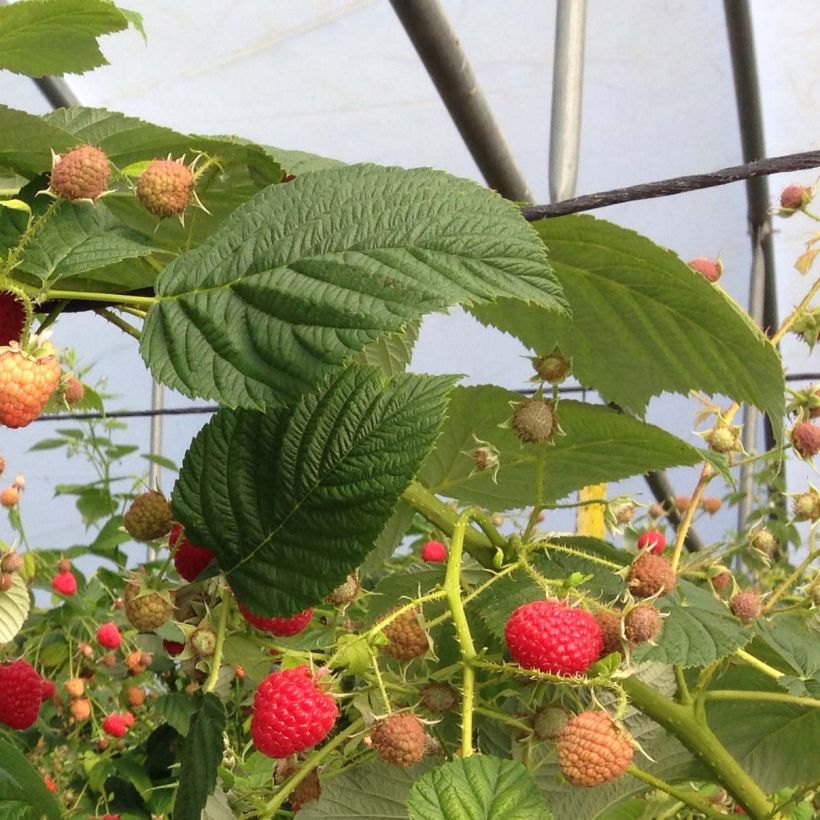

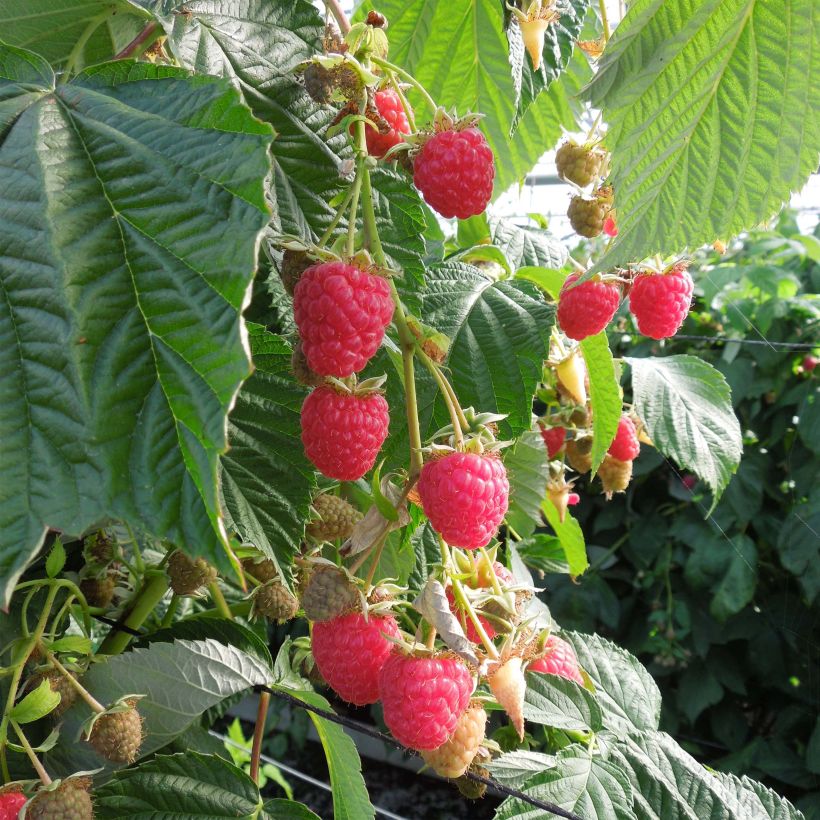

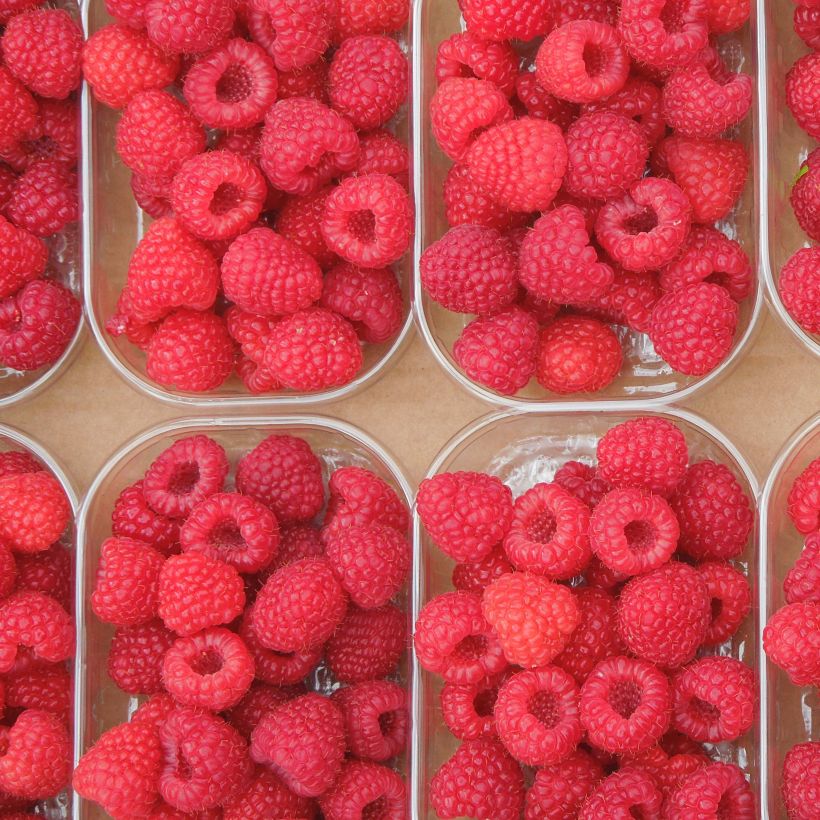

Plant habit
Fruit
Flowering
Foliage
Botanical data
Rubus
idaeus
Paris
Rosaceae
Raspberry
Cultivar or hybrid
Planting and care
The Paris Raspberry prefers humus-rich soils, moist even in summer, without too much limestone. It appreciates semi-shady but bright exposures
In the north, it will cope with the sun well, while in the south, it will prefer semi-shade. Plant it from November to March, in ordinary soil enriched with compost and well-rotted manure. Water it regularly to promote rooting in the first year of planting. During periods of high heat or prolonged drought, provide it with additional water. The Paris raspberry can be subject to various diseases if the cultural conditions are not optimal (raspberry anthracnose, raspberry rust, powdery mildew, grey rot in rainy periods or botrytis).
The damage observed in cultivation is due to poor climatic conditions, especially during cold springs which allow micro-fungi present in the soil to infest the vegetation. To protect the plants, it is recommended to feed the raspberry plants with organic fertilizers that promote the multiplication of anaerobic bacteria in the soil, which strengthens the soil's ability to stimulate the plant's immune system. Raspberries can also be attacked by certain parasites such as raspberry worms, the larvae of a small beetle that lodges in the fruits, without causing significant damage.
Planting period
Intended location
Care
Planting & care advice
-
, onOrder confirmed
Reply from on Promesse de fleurs
Similar products
Haven't found what you were looking for?
Hardiness is the lowest winter temperature a plant can endure without suffering serious damage or even dying. However, hardiness is affected by location (a sheltered area, such as a patio), protection (winter cover) and soil type (hardiness is improved by well-drained soil).

Photo Sharing Terms & Conditions
In order to encourage gardeners to interact and share their experiences, Promesse de fleurs offers various media enabling content to be uploaded onto its Site - in particular via the ‘Photo sharing’ module.
The User agrees to refrain from:
- Posting any content that is illegal, prejudicial, insulting, racist, inciteful to hatred, revisionist, contrary to public decency, that infringes on privacy or on the privacy rights of third parties, in particular the publicity rights of persons and goods, intellectual property rights, or the right to privacy.
- Submitting content on behalf of a third party;
- Impersonate the identity of a third party and/or publish any personal information about a third party;
In general, the User undertakes to refrain from any unethical behaviour.
All Content (in particular text, comments, files, images, photos, videos, creative works, etc.), which may be subject to property or intellectual property rights, image or other private rights, shall remain the property of the User, subject to the limited rights granted by the terms of the licence granted by Promesse de fleurs as stated below. Users are at liberty to publish or not to publish such Content on the Site, notably via the ‘Photo Sharing’ facility, and accept that this Content shall be made public and freely accessible, notably on the Internet.
Users further acknowledge, undertake to have ,and guarantee that they hold all necessary rights and permissions to publish such material on the Site, in particular with regard to the legislation in force pertaining to any privacy, property, intellectual property, image, or contractual rights, or rights of any other nature. By publishing such Content on the Site, Users acknowledge accepting full liability as publishers of the Content within the meaning of the law, and grant Promesse de fleurs, free of charge, an inclusive, worldwide licence for the said Content for the entire duration of its publication, including all reproduction, representation, up/downloading, displaying, performing, transmission, and storage rights.
Users also grant permission for their name to be linked to the Content and accept that this link may not always be made available.
By engaging in posting material, Users consent to their Content becoming automatically accessible on the Internet, in particular on other sites and/or blogs and/or web pages of the Promesse de fleurs site, including in particular social pages and the Promesse de fleurs catalogue.
Users may secure the removal of entrusted content free of charge by issuing a simple request via our contact form.
The flowering period indicated on our website applies to countries and regions located in USDA zone 8 (France, the United Kingdom, Ireland, the Netherlands, etc.)
It will vary according to where you live:
- In zones 9 to 10 (Italy, Spain, Greece, etc.), flowering will occur about 2 to 4 weeks earlier.
- In zones 6 to 7 (Germany, Poland, Slovenia, and lower mountainous regions), flowering will be delayed by 2 to 3 weeks.
- In zone 5 (Central Europe, Scandinavia), blooming will be delayed by 3 to 5 weeks.
In temperate climates, pruning of spring-flowering shrubs (forsythia, spireas, etc.) should be done just after flowering.
Pruning of summer-flowering shrubs (Indian Lilac, Perovskia, etc.) can be done in winter or spring.
In cold regions as well as with frost-sensitive plants, avoid pruning too early when severe frosts may still occur.
The planting period indicated on our website applies to countries and regions located in USDA zone 8 (France, United Kingdom, Ireland, Netherlands).
It will vary according to where you live:
- In Mediterranean zones (Marseille, Madrid, Milan, etc.), autumn and winter are the best planting periods.
- In continental zones (Strasbourg, Munich, Vienna, etc.), delay planting by 2 to 3 weeks in spring and bring it forward by 2 to 4 weeks in autumn.
- In mountainous regions (the Alps, Pyrenees, Carpathians, etc.), it is best to plant in late spring (May-June) or late summer (August-September).
The harvesting period indicated on our website applies to countries and regions in USDA zone 8 (France, England, Ireland, the Netherlands).
In colder areas (Scandinavia, Poland, Austria...) fruit and vegetable harvests are likely to be delayed by 3-4 weeks.
In warmer areas (Italy, Spain, Greece, etc.), harvesting will probably take place earlier, depending on weather conditions.
The sowing periods indicated on our website apply to countries and regions within USDA Zone 8 (France, UK, Ireland, Netherlands).
In colder areas (Scandinavia, Poland, Austria...), delay any outdoor sowing by 3-4 weeks, or sow under glass.
In warmer climes (Italy, Spain, Greece, etc.), bring outdoor sowing forward by a few weeks.






























